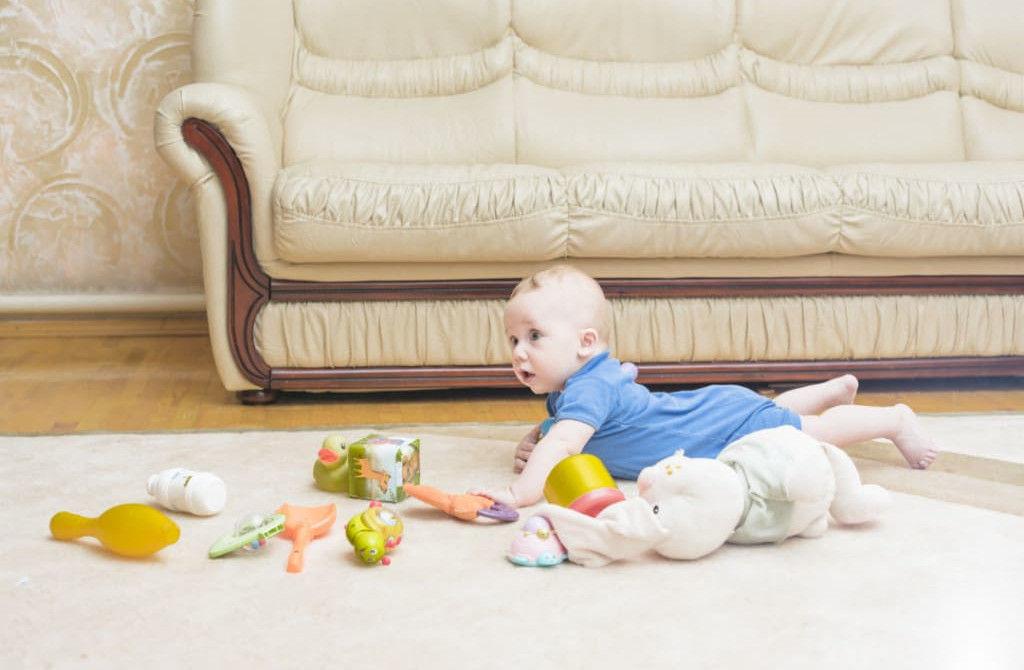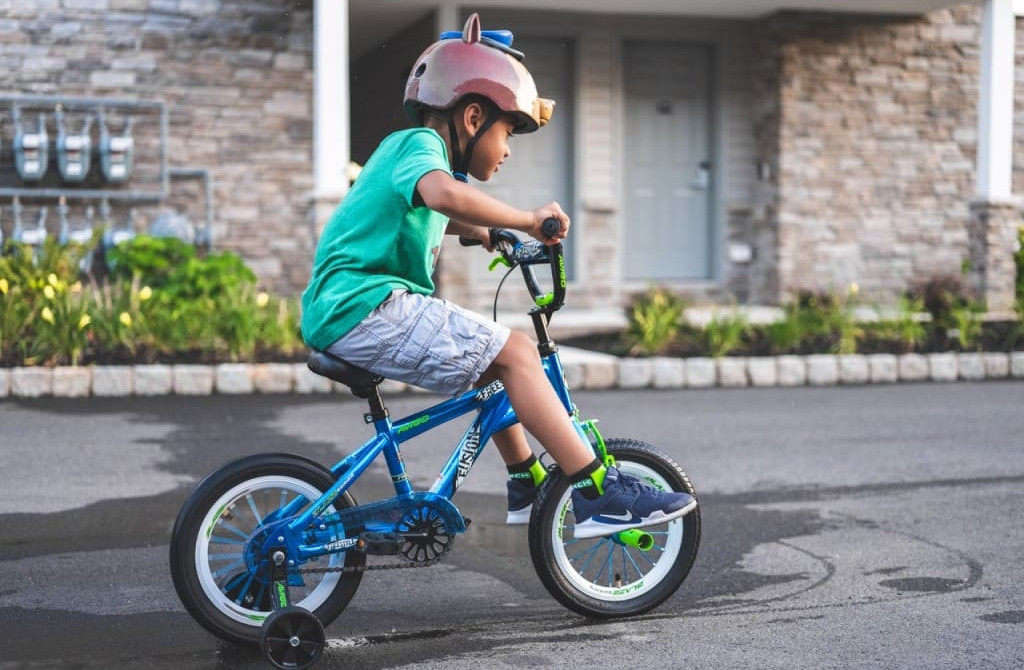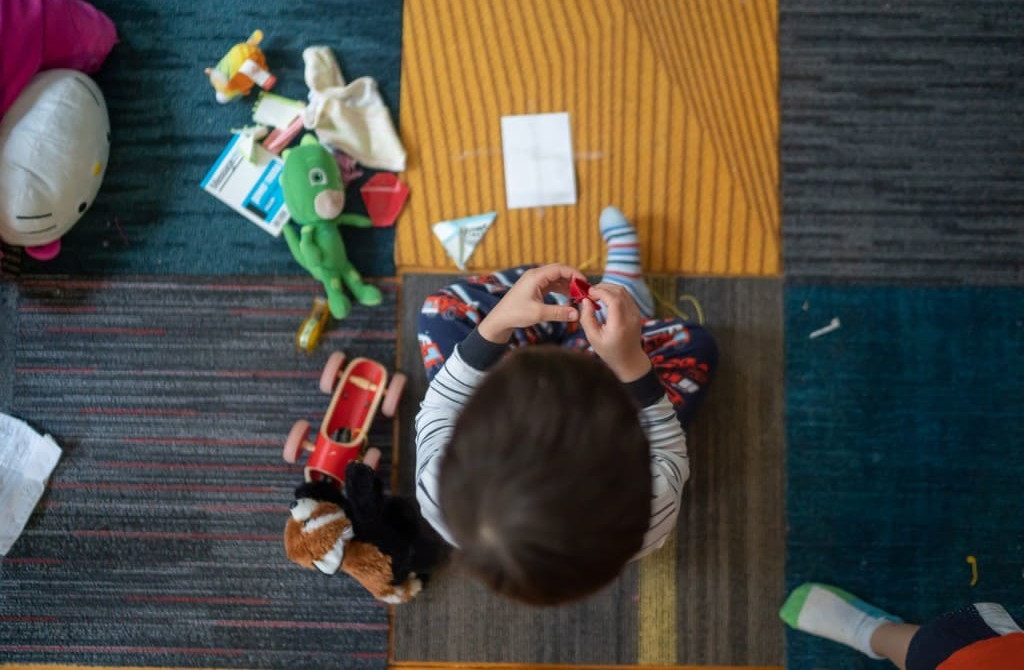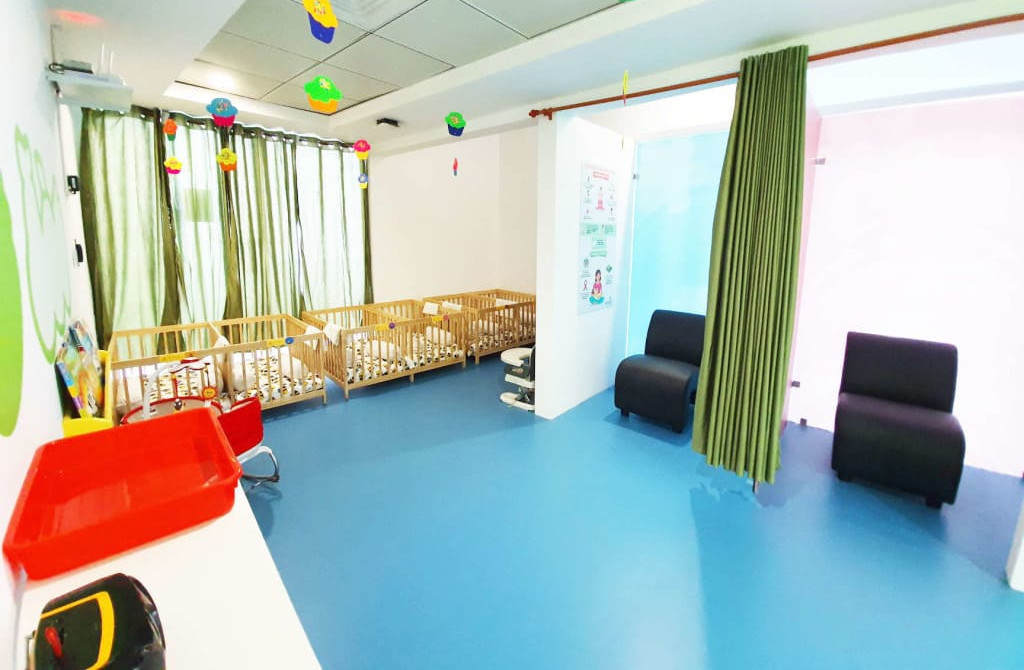The first year of your baby’s life goes by quickly. Okay, the sleepless nights seem never ending, but at the same time your baby is learning and growing at a rapid pace during those first 12 months. They seem to outgrow their clothes overnight (growth spurts are very real). One minute they are cooing at you, and the next they are rolling over.
And rolling over is just the start! Soon they are rocking on to all fours, learning to sit, crawl, pull themselves up, and by the end of their first year and toward the beginning of their second year, your little one will be toddling around. This is one of the best parts of parenting, watching your baby discover their mobility as well as the world around them.
This is also when baby-proofing your home becomes real and vital. You can’t expect a baby on the move to not press switches and not open drawers. They’re also going to pick up everything they find and shove it in their mouth. We’ve put together some tips for you to create a safe environment for your child where they can play, gain physical dexterity and explore.
- First off pick a space where you can keep an eye on your baby as they play even if you need to wander around completing chores. This could be right outside the kitchen or near your desk, whatever works for your routine and work.
- Close up all plug points in the vicinity, bundle up loose wires and cords and move away furniture that your child can pull. You can find tons of baby proofing products online such as foam padding to cover sharp corners of furniture, and safety locks to attach on to drawers and cupboards.
- Clear the space of small and breakable items, and set up gates to create an enclosed safe space for your baby, or put them in a playpen. This way you don’t have to worry about your little one getting hurt while exploring.
- Once you’ve created this safe space, put down a colourful play mat and baby toys like a mobile, chew toys and rattles, among others. Let your baby spend time trying to grab, roll over and reach for their toys. Remember to wash and disinfect the mat and toys from time to time.
- As your child starts sitting and crawling, there are bound to be some falls. You could use a thicker foam mat in the play area to keep them safe. When they start to pull up to stand make sure the furniture your baby is holding on to is sturdy and won’t topple over.
- While your child is meeting these physical milestones, spend time watching them. Encourage and talk to your baby while they are trying to sit or stand. And remember to praise and applaud them when they do it!
- Once your baby is starting to toddle, add some baby furniture to their play area. A little table and chair where they can sit and stack building blocks, or play with their toys. In this way, they will learn to use the furniture and feel that the space is their own.
You could keep your child safe by strapping them into a rocker or a baby swing, but this would restrict their movements, and some studies say that babywalkers can delay your baby’s physical development.
However, by creating a secure environment for your child to play in, you can rest easy that your baby is safe and that they have enough space to move around and explore.





